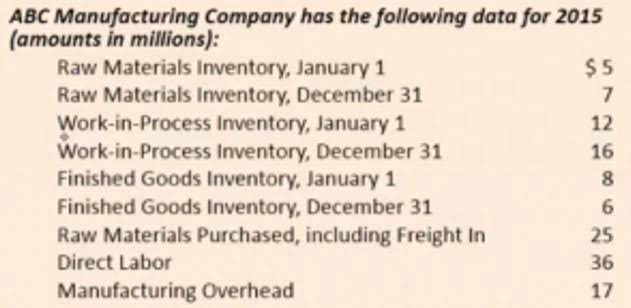
Second, it helps businesses align their financial goals with their strategic objectives. By preparing a master budget, businesses can determine their financial priorities and allocate resources accordingly. A master budget is a detailed financial plan that includes projections of sales, expenses, and profits for a specific period. It is typically prepared annually and serves as a blueprint for a company’s financial operations.
How Can Businesses Leverage Technology and Software Tools to Streamline and Automate the Master Budgeting Process?
All these expected costs are gathered and provided to you by the person responsible for the SG&A budgeting process. Regularly reviewing and adjusting the master budget ensures businesses can adapt to changing circumstances and plan for contingencies master budget and unforeseen events. Ultimately, the master budgeting process requires a collaborative effort from all organization members to ensure its success. It helps businesses plan their cash flow and ensures they have enough cash to cover their expenses.
Cash Budget
It serves as a roadmap for the business’s financial activities and guides the decision-making process of managers and executives. Each unit of product requires 1.5 pounds of direct materials per unit, and the cost of direct materials is $2 per pound. Management prefers to maintain ending raw materials inventory equal to 30 percent of next quarter’s materials needed in production.
Business in Action 9.2
- Because long-term asset purchases occur at the end of the year,depreciation will begin the following year.
- The first step in creating a master budget is establishing individual budgets for each department or area of the business.
- Past budgets tell a vivid story about performance versus expectation, which makes them the perfect place to start when building a new master budget.
- Identifying these risks can help businesses develop contingency plans to mitigate the impact of these events.
- The manufacturing budget is crucial for managing production costs, optimizing production efficiency, and achieving profit margins.
With a long-term view, businesses can better assess these decisions’ potential risks and rewards. Accurately projecting sales is essential to creating an effective master budget. Incorrect sales projections can lead to an imbalance in the budget, with the potential for overspending or underproduction. For example, adjusting the sales budget and related budgets such as production, labor, and overhead may be necessary if sales are lower than expected.

Budgeted Balance Sheet
The finance team needs to be able to identify potential risks and opportunities and create contingency plans to mitigate risks and capitalize on opportunities. One of the most significant benefits of a master budget is that it provides a framework for measuring financial performance. By comparing actual financial results to the budgeted figures, businesses can identify areas where they exceed or fall short of their financial goals.

Finished Goods Inventory and Cost of Goods Sold Budget

Past budgets tell a vivid story about performance versus expectation, which makes them the perfect place to start when building a new master budget. Depending on your budgeting approach—top-down or bottoms-up—these important stakeholders will come in at different parts of the master budget timeline. Bringing together the insights and data from these various business units results in a comprehensive document that drives organizational progress. This gives business leaders a holistic view of their organization’s finances, allowing them to make more informed—and accurate—decisions about their organization’s overall performance.
- Larger organizations use budget-specific software, which does not have these two problems.
- This narrative provides an example of how the master budget is used for planning purposes.
- Once you have the revenue prediction, you can move on to estimating the Production Budget which tells you how many products a firm needs to manufacture in the future.
- A master budget is a comprehensive budget created from a series of smaller, specialized business budgets.
- If proposals don’t align with priorities, provide feedback and discuss ways in which to achieve proposal goals in the future.
- They shine a light on inefficient spending or resource allocation, providing insight for future improvement.
Step 6: Account for cost of goods sold
Be sure to communicate the rationale for decisions in clear and concise language. With many perspectives on the budget process come potential differences in opinion. Create space for stakeholders to air concerns, discuss potential downsides, present trade-offs, and collectively establish priorities for the business. Create universal access to resources as a point of reference when discussing proposed changes in capital expenditures or new initiatives. Schedule regular stakeholder meetings to review and discuss budget proposals and align them with broader objectives. Involving stakeholders from all departments in the process provides insight on potential trade-offs, risks, and considerations of each potential project.
On average, 70 percent of purchases are paid in the quarterpurchased and the remaining 30 percent is paid the followingquarter. These percentage estimates are based on previousexperience and take into account credit terms offered bysuppliers. Each unit of product requires 0.20 directlabor hours at a cost of $12 per hour. For a master budget to be truly effective, it must align closely to the company’s goals and priorities. Establishing a set of key performance indicators (KPIs) to evaluate your master budget performance is the most important step of implementation. When it comes to budgeting, feedback provides insight to guide continuous improvement.
